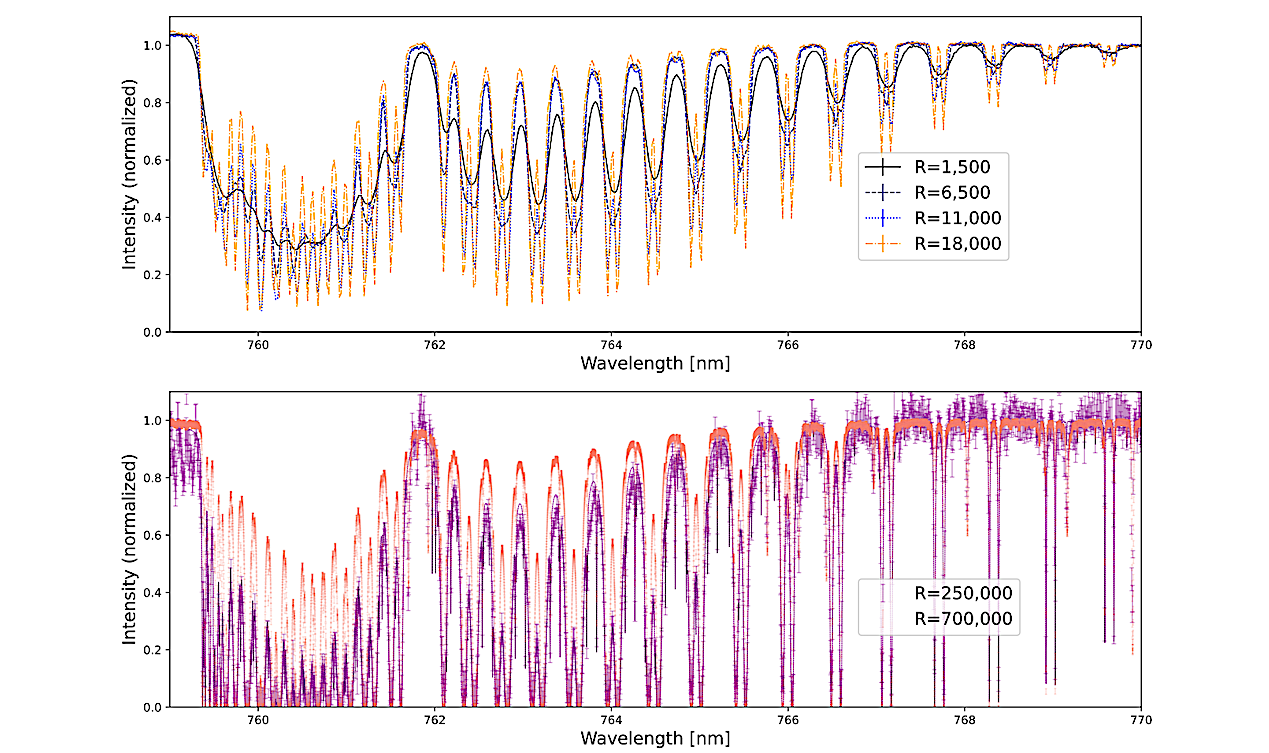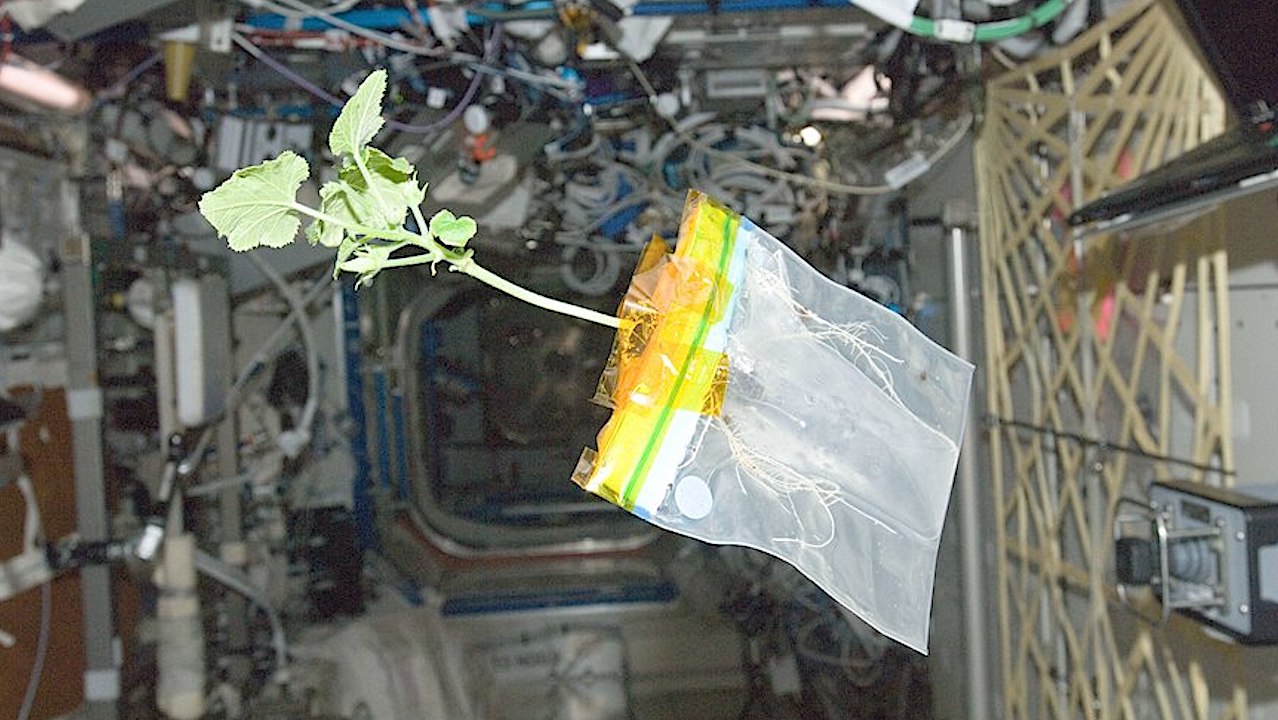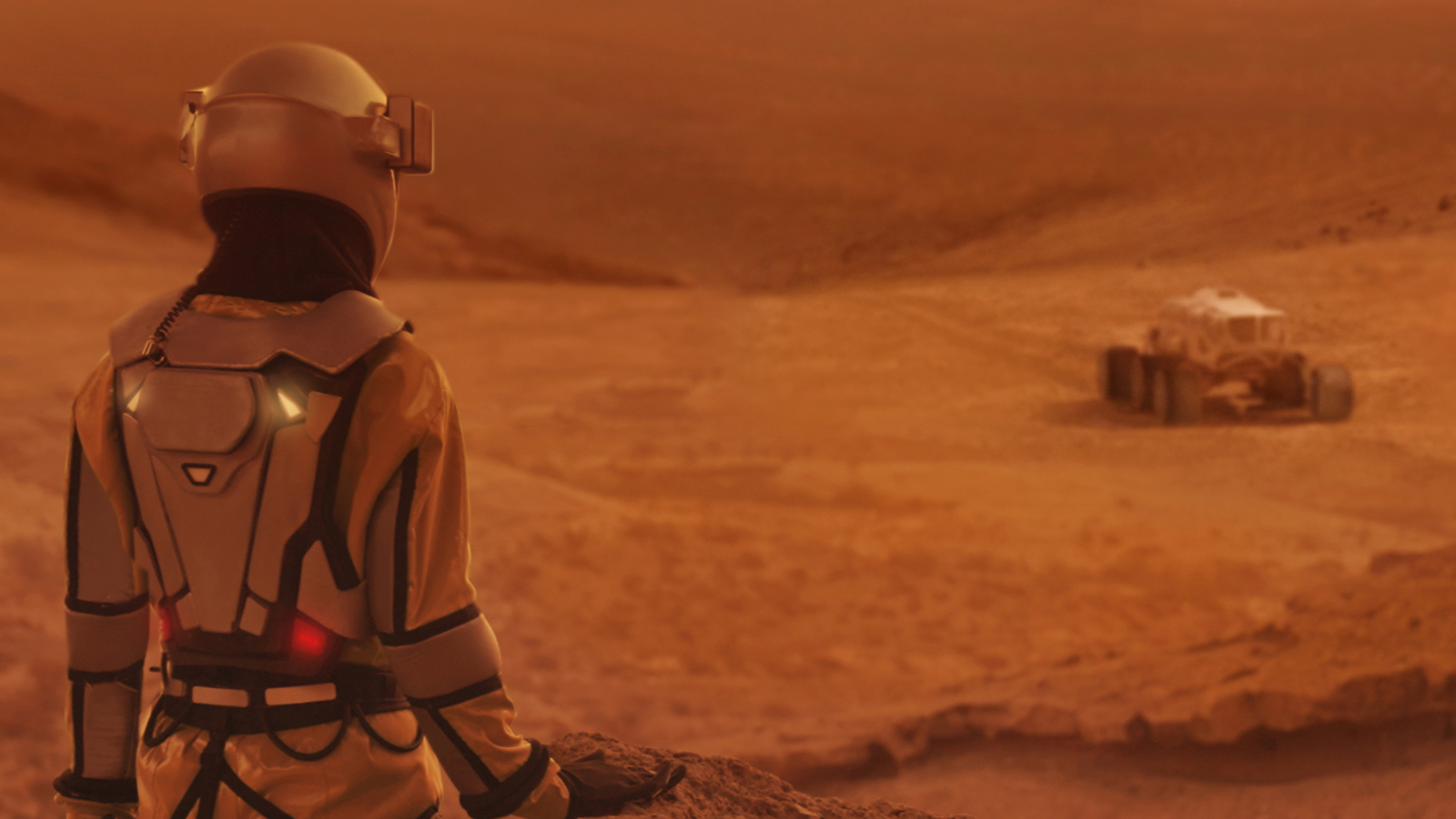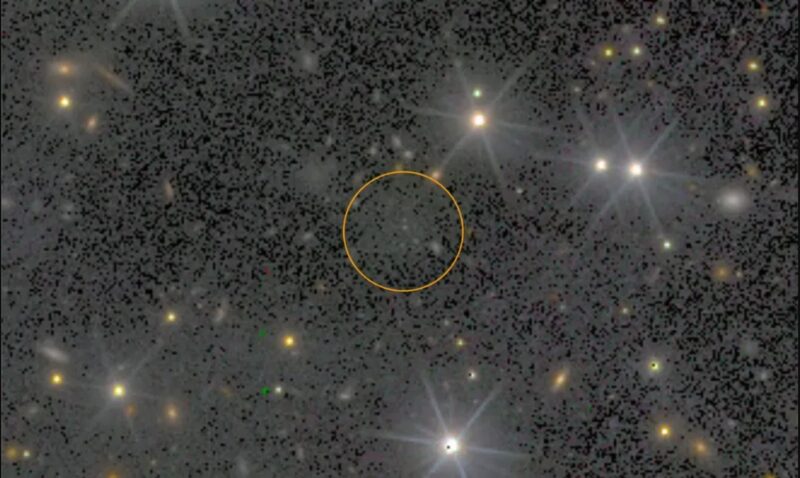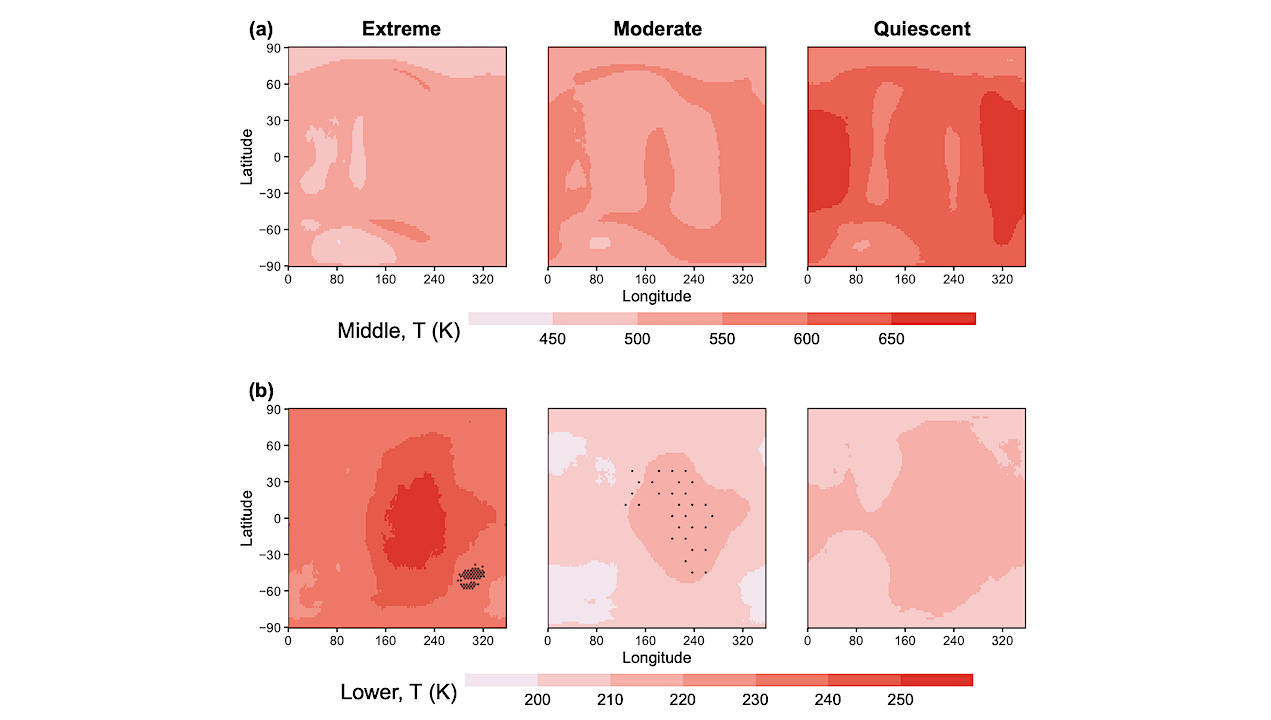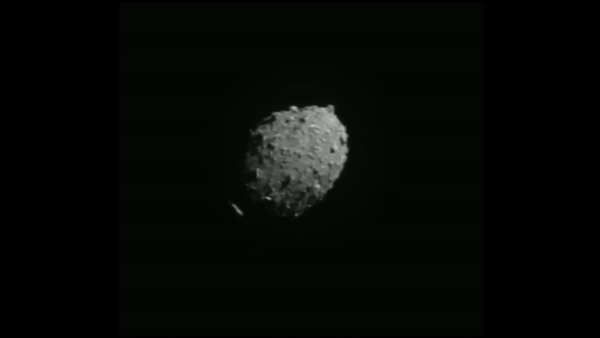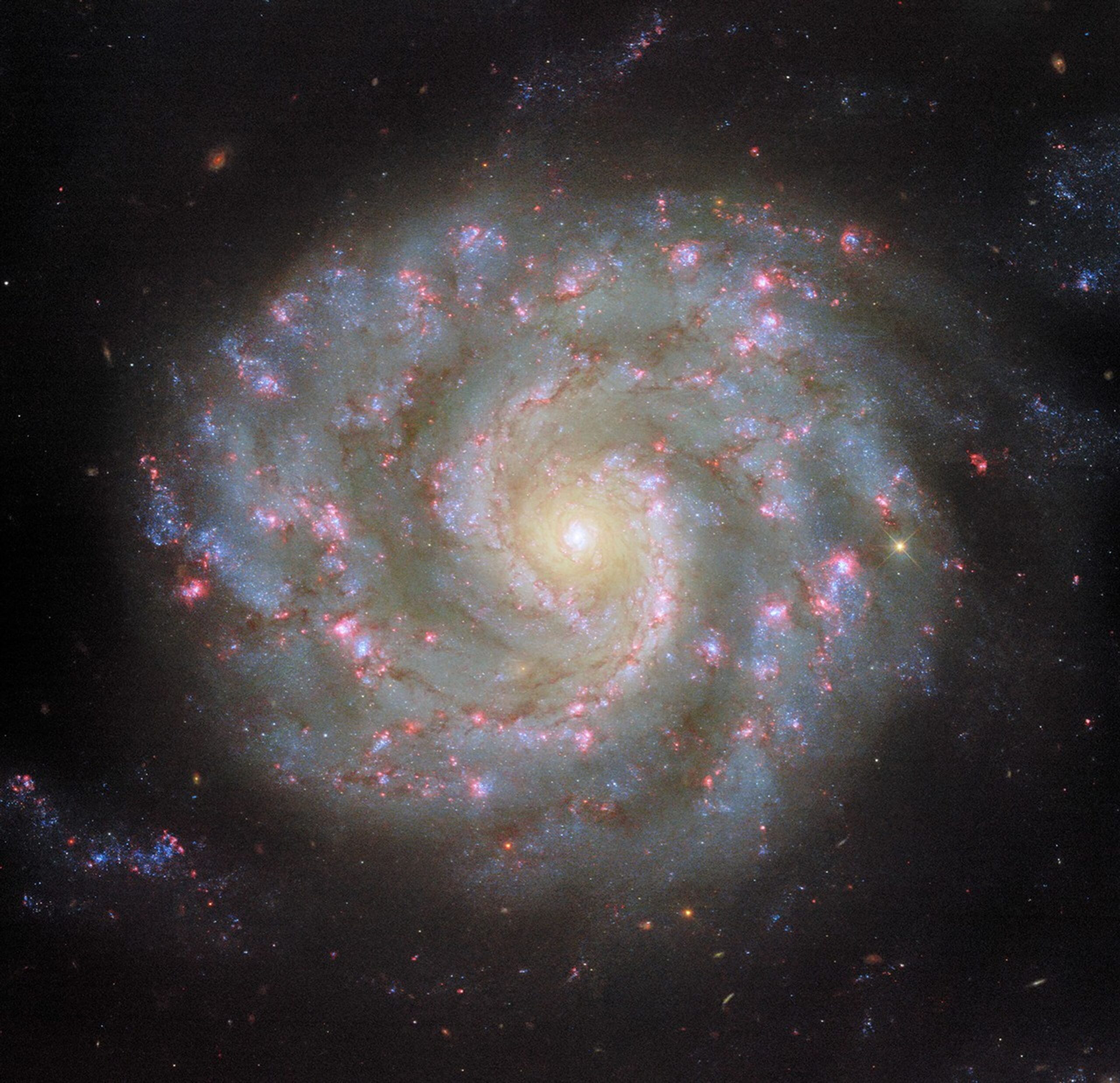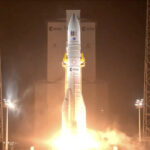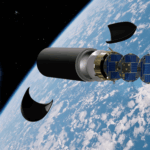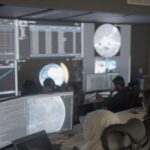Comparison of (telluric) molecular oxygen spectrum observed using low-medium resolution spectrograph and interferometer-based instruments. The top panel shows the observed telluric spectrum from archival X-Shooter spectra with spectral resolution ranging
Hot Posts223- Page
The abstract in PubMed or at the publisher’s site is linked when available and will open in a new window. Lee SMC, Miller A, Ribeiro LC, Rosenberg M, Miller CA,
IRVINE, Calif. – June 26, 2025 – Terran Orbital Corporation, a leading manufacturer of satellite products for the aerospace and defense industry, is proud to announce the adoption of a
6 min read Let’s Bake a Cosmic Cake! To celebrate what would have been the 100th birthday of Dr. Nancy Grace Roman — NASA’s first chief astronomer and the namesake for
Disk reflectance spectra at different stellocentric distances. a, The disk reflectance spectra at 80- 90 au (region 1, yellow), 90-105 au (region 2, orange), and 105-120 au (region 3, cyan),
Space visionaries, scientists, entrepreneurs and students from around the world will gather in Florida next week for this year’s International Space Development Conference. The conference — ISDC 2025 — will
Is this a dark galaxy, made mostly of dark matter? Astronomers have named it CDG-2, for Candidate Dark Galaxy. It lies among a cluster of galaxies in the direction of
Temporal medians of ’Extreme’, ’Moderate’, and ’Quiescent’ simulations for Temperature (T in K). Medians are taken from 8 years and for (a) 1.223 × 10−5 mbar and (b) 0.008 mbar
On Thursday (May 15), the U.S. House Committee on Space, Science and Technology convened with scientists to discuss a rather exciting topic: What can NASA do if we identify a
Explore Hubble Hubble Home Overview About Hubble The History of Hubble Hubble Timeline Why Have a Telescope in Space? Hubble by the Numbers At the Museum FAQs Impact & Benefits
-
 012024 in Review: Highlights from NASA in Silicon Valley
012024 in Review: Highlights from NASA in Silicon Valley -
 02Panasonic Leica Summilux DG 15mm f/1.7 ASPH review
02Panasonic Leica Summilux DG 15mm f/1.7 ASPH review -
 03From Polymerization-Enabled Folding and Assembly to Chemical Evolution: Key Processes for Emergence of Functional Polymers in the Origin of Life
03From Polymerization-Enabled Folding and Assembly to Chemical Evolution: Key Processes for Emergence of Functional Polymers in the Origin of Life -
 04How New NASA, India Earth Satellite NISAR Will See Earth
04How New NASA, India Earth Satellite NISAR Will See Earth -
 05And Thus Begins A New Year For Life On Earth
05And Thus Begins A New Year For Life On Earth -
 06Astronomy Activation Ambassadors: A New Era
06Astronomy Activation Ambassadors: A New Era -
07SpaceX launch surge helps set new global launch record in 2024


